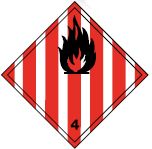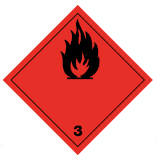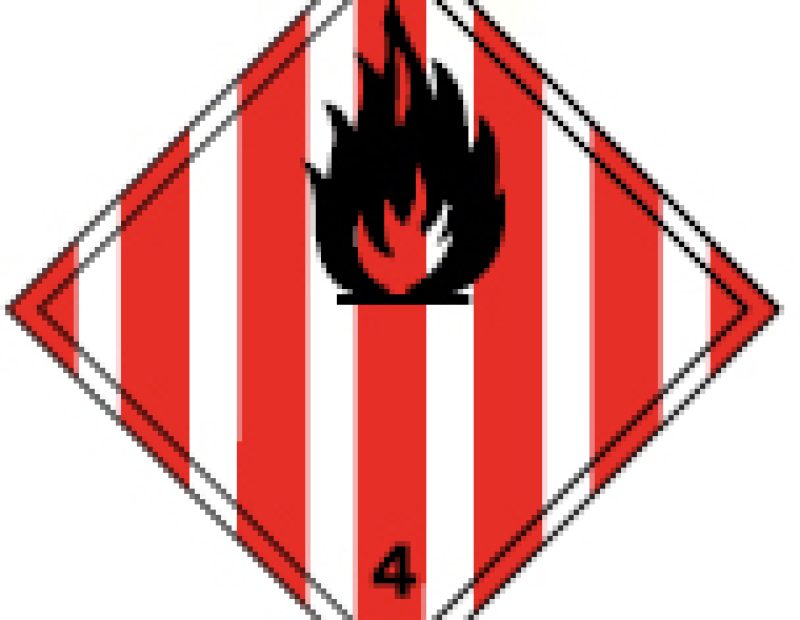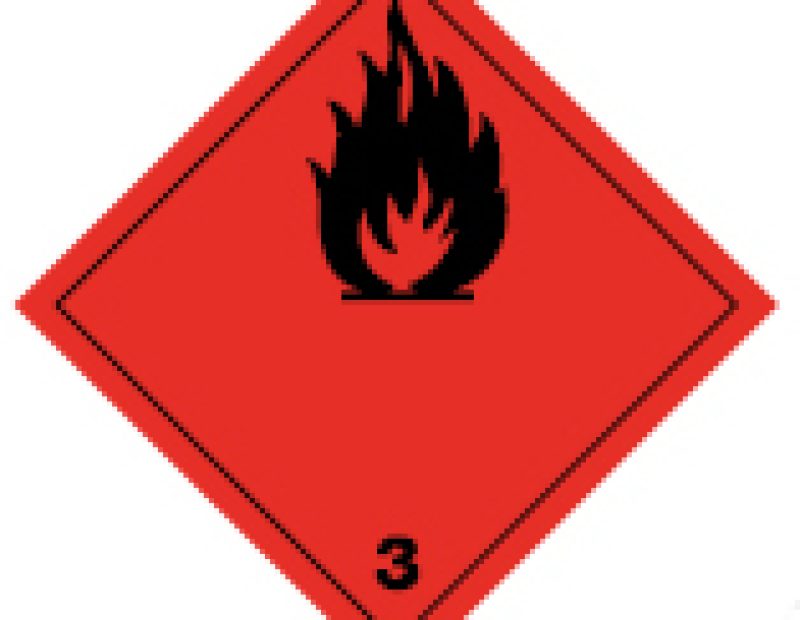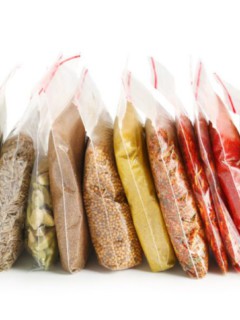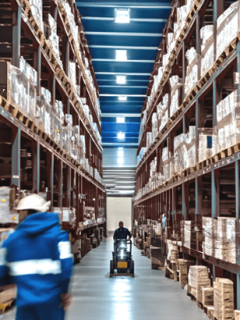Shelving – no matter? Absolutely not! There are numerous, different storage shelves, which differ in a whole number of features. Shelf racks, large-shelf racks, pallet racks, inclined-shelf racks and wide-span racks – to name just a few. To find out which is the right one, let’s first clarify the most important terms – graphically!
What can the shelf withstand?
Depending on the type of shelving or supplier, various specifications circulate. Terms such as bay load, shelf load, payload and load capacity can sometimes cause confusion.
In order to avoid overloading the shelves, each shelf is marked with the so-called shelf load and the bay load, which must not be exceeded. The terms payload or load capacity are basically terms of art that always refer to either the shelf bay or the shelf. The payload per shelf is therefore identical with the shelf load, the load capacity per shelf bay is synonymous with the bay load.
Calculation example: If the bay load is specified as 1200kg and the shelf load as 120kg, the shelving bay can theoretically be fitted with 10 shelves.
Small shelving customer
- The shelf load indicates the weight (sum in kg) of all goods stored on a shelf. In our example, the shelf load for the top shelf is the sum of the weights of A+B+C+D+E and the shelf load for the bottom shelf is the sum of the weights of F+G+H+I.
- The bay load [red arrow] indicates the sum of the weights stored between two trusses. In our example, this is the sum of A+B+C+D+E+F+G+H+I.
- The weights of J, K and L are not added to the bay load because they are stored on the floor: Floor storage spaces [grey] are very suitable for goods stored on pallets.
- Shelf height [purple arrow] is the total height of the shelf without contents.
- Kink height (also kink length) [yellow arrow] is the distance from the floor to the top edge of the next shelf.
- The term crossbar [blue arrow] comes from the French and means cross strut or cross beam. In shelving, crossbars are the actual load carriers and are therefore often also called shelf beams or shelf frames.
The shelf types
At RAJA we basically distinguish between four different types of shelving. Which shelf is the most suitable depends on various factors, such as the goods to be stored, the spatial conditions and the intended use.
The following types of shelving are available
- For the storage of non-palletised goods and small parts are File shelving and shelving units the ideal solution. They have flexibly adjustable shelves and thus offer space for many items, making them suitable for offices, archives and warehouses.
- Inclined shelving They allow a better view and quick and easy access to the stored goods, at the same time the sloping shelf surface ensures that the stored goods do not slide down. They are therefore particularly well suited for picking small parts and spare parts from open fronted storage bins or universal containers as well as for order picking.
- If heavy, bulky, voluminous and non-palletised items need to be stored, they are suitable for Wide span shelving Large shelving units particularly well. Due to their simple assembly, they can be used flexibly, are easy to expand and can be set up variably.
- Pallet racking are suitable for the export and logistics sector, for example. Heavy, palletised goods can be optimally stored here.
- Stanchion pallets with insertion st anchions are ideal for creating block storage, they are used wherever there is a need for fast and flexible storage, for example for seasonal goods or relief goods.
- Cantilever racking is specially designed for storing long goods such as beams or boards.
What do I want to store?
| What kind of goods do I want to store? | Which type of shelving is suitable | That helps |
| Loose small or very small parts such as screws |
Compartment shelving, Inclined shelving, Modular shelving, Shelf unit, boltless shelving, Universal Shelving |
Stacking containers, open fronted storage boxes, Shelf bins |
| Small parts such as boxes, cartons, files… |
Modular shelving, Shelving, boltless shelving, Universal shelving |
Folding step, Sheet steel back panel |
| Large, bulky goods such as pipes, sacks, strips |
Bulk shelving, Wide span shelving, Wide span racking for order picking and pallets, Stanchion pallet racking |
Sack truck for voluminous loads |
| Pallets | Wide span racking for order picking and pallets, Stanchion pallet racking, pallet racking, Euro pallet racking |
Weighing pallet truck |
| Very different: From small parts to pallets |
Large shelving with chipboard, eventual. Modular shelving |
Folding step, Roller stool |
How much weight can the shelf hold?
To make it easier for you to compare, we have summarised the bay load and shelf load of our shelving units in the charts below.
You can read about the safety aspects of racking in operation in our article on the Shelf safety.











